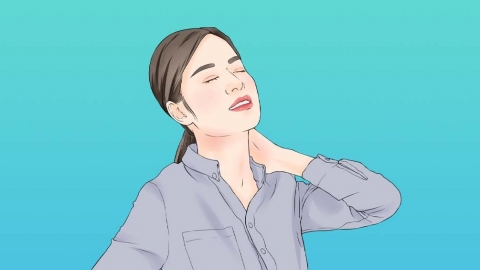How to Massage for Cervical Nerve Compression
Generally, when the cervical spine compresses nerves, massage techniques such as rolling and grasping, acupoint stimulation, stretching traction, kneading, and twisting may be used. If discomfort occurs, timely medical consultation is recommended. Detailed explanations are as follows:

1. Rolling and grasping
Rolling and grasping of the cervical area mainly involves using the fingertips to apply pressure and rolling movements to manipulate the soft tissues on both sides of the neck, helping to relax the neck muscles. During the procedure, the patient should sit upright while the masseur stands behind.
2. Acupoint stimulation
This technique mainly involves pressing acupoints such as Fengchi (GB20), Fengfu (GV16), Taiyang (EX-HN5), Baihui (GV20), and Jianjing (GB21) using the fingertip or fingertip pad in a circular motion. It helps to unblock meridians and promote the circulation of qi and blood. The procedure should be stopped when local symptoms such as soreness, distension, or numbness appear.
3. Stretching traction
This technique mainly involves restoring misaligned small spinal joints through stretching and traction. During traction, the intervertebral space should be widened, and the protruding nucleus pulposus should be repositioned. Finally, the treatment ends with shaking and tapping techniques. This process can be repeated until mild warmth is felt locally. It helps restore the normal physiological curvature of the cervical spine and alleviate nerve compression symptoms.
4. Kneading
Specific acupoints such as Tianzhu (BL10) and Bingfeng (SI12) can be selected for kneading. During the procedure, the fingertips or fingertip pads can gently knead the acupoints, helping to relieve symptoms such as headache and dizziness caused by cervical nerve compression.
5. Twisting and kneading
The soft tissues of the cervical region can be lifted directly using the thumb, followed by an up-and-down twisting motion to relax muscles, improve circulation, and enhance local blood flow.
It should be noted that when performing the above massage techniques, appropriate frequency and pressure should be applied to avoid damaging surrounding soft tissues. If discomfort occurs, the procedure should be stopped immediately.






